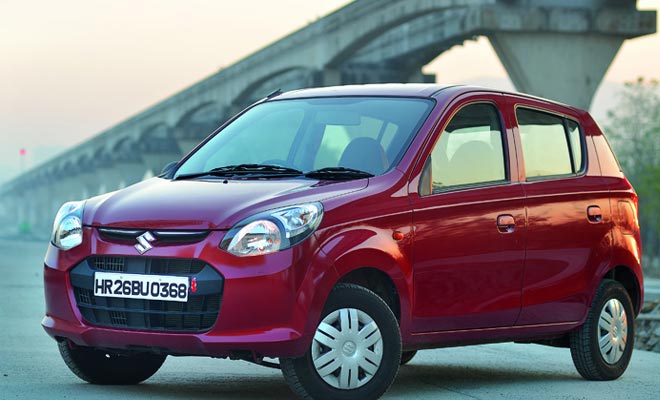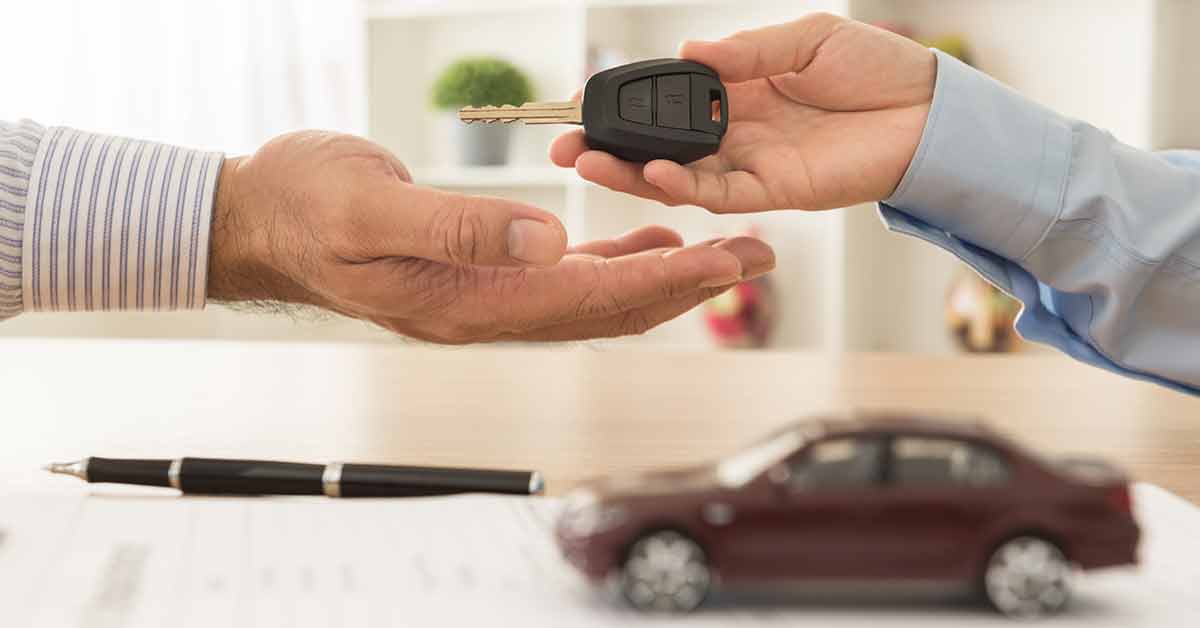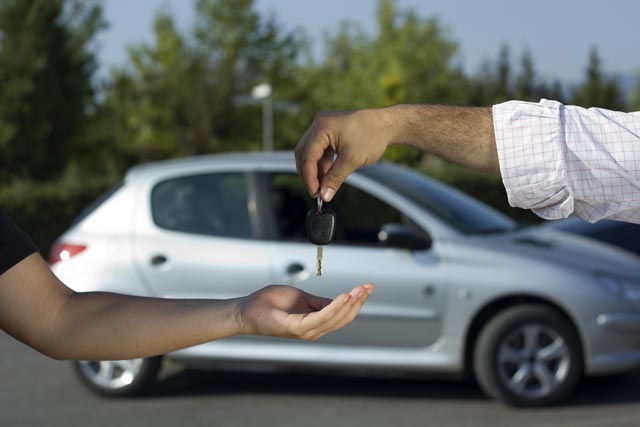Checklist for Buying/Selling a second hand car

Buyer’s checklist
Before it comes to the process of buying a second hand car, the challenge is selecting the car you need to buy.
When you are buying a second hand car, it is possible to get swayed very easily. For example, when you go to a dealership you might see a 7-year-old Honda City for 6 Lakhs and standing next to it you’ll see a 4-year-old Toyota Camry (which is a far more premium car) for 7 lakhs. You might convince yourself to spend that extra 1 lakh and pick up a Camry but the cost of running and maintaining a Camry is far higher than that of Honda City. In the long run, you’ll end up spending a lot more money out of your pocket.
Now let’s get to what you have to keep in mind when buying a second hand car.
- Check the car’s condition
Despite being a used car, the vehicle you are considering should be in good running condition, and must be good value for money. Take the vehicle for a test drive and get all major systems such as engine, cooling, transmission, wheels, etc. checked by a trusted mechanic. These checks will help you ascertain whether the car is as well-maintained as the seller claims. Further, you can plan for unavoidable repairs and maintenance and include the same in your budget.
Tip: Ensure that you carry out a thorough check when you go to take the delivery of your vehicle as well. This is important because a dealer might replace some of the components from your seeing of the vehicle to the delivery of the vehicle- for example- he might replace new tyres with old tyres.

- Registration documents
Is the seller the real owner of the car? Is this the first or the second time it is being resold? The Owner Serial Number in the RC book or smart card indicates the number of times the car has been sold till date. Has the owner paid all dues, including road tax? Ensure the seller provides you with other papers that need to be verified, including the original invoice, NOC from the car loan provider, and road tax receipt.
The car’s transfer is effected when you and the seller sign on RTO Forms 29 and 30. Further, the seller must submit Form 28, which is the NOC for transfer of the car.
- Car insurance
Tip 1
Check the car’s insured value in the policy
Why Important?
It will be a useful benchmark during price negotiations.
Tip 2
Track the No Claim Bonuses over the past 2-3 years.
Why Important?
Frequent claims may imply frequent accidents requiring repair and maintenance to the vehicle.
Tip 3
Transfer the seller’s car insurance policy in your name or buy a new policy within 14 days of the date of transfer of the car.
Why Important?
Not doing so may lead to your insurance claim being rejected in case of any accident or mishap. Only claims related to third parties will be approved under the deemed insurance policy transfer of the law.
Documents required
- Proof of sale of the car
- Proof of delivery of car to your possession
- New RC book issued in your name
- Request from the seller for cancelation of policy
- Your application for transfer of the policy
- Potential modifications
Can you convert the car into a dual-fuel automobile? Can you opt for upgrades for greater comfort, safety, and value? Older vehicles may come cheap but may be impossible to upgrade. A relatively new model is preferable, especially if it comes at an affordable price.
Seller’s checklist
- Transfer of insurance
Tip 1
Add proportional premium paid on insurance policy to the car’s purchase price.
Why Important?
If paid the premium for one year and are selling the car after six months, then you certainly can ask the buyer to pay his share of the premium.
Tip 2
Obtain NCB retention letter from the insurance company.
Why Important
The NCB cannot be transferred even if you are transferring the policy. You can retain it and enjoy its benefit when buying a new car insurance policy. Cancel the insurance policy by submitting the following documents:
- Original policy letter
- Certificate of insurance i.e. Form 51
- Application for issue of certificate of retention of the NCB
If you are selling your old car and buying a used car, then you must submit these additional documents:
- Form 29, which is the form for transfer of car’s ownership.
- Form 30, which is the report of transfer of the car.
- Copy of RC book issued in new owner’s name
Proof of delivery of your old car to the new owner.
Make sure the insurance company is kept informed about the sale. The last thing you want is for your policy to pay for accidents or repairs after the car has been sold.

- Written contract
Don’t finalise your car’s sale on the basis of an oral agreement. Have a written contract detailing the condition of the car, the sale price, and the effective date of transfer of ownership to the buyer, along with registration and insurance details.
Irrespective of possession, legal ownership is determined by the car’s registration papers. Make sure all formalities are completed at the earliest once the sale has been concluded. This can prove very helpful in case of future disputes.
- Car maintenance records
Having detailed records of repairs and maintenance performed on the car can help you negotiate a better price. Not only will you come across as a very responsible owner, the records will prove that your car was indeed maintained properly at all times.
Closing thoughts
Do your homework well, make use of online and offline resources and service providers, and rely on plain common sense to strike the right deal when buying or selling a used car.



















